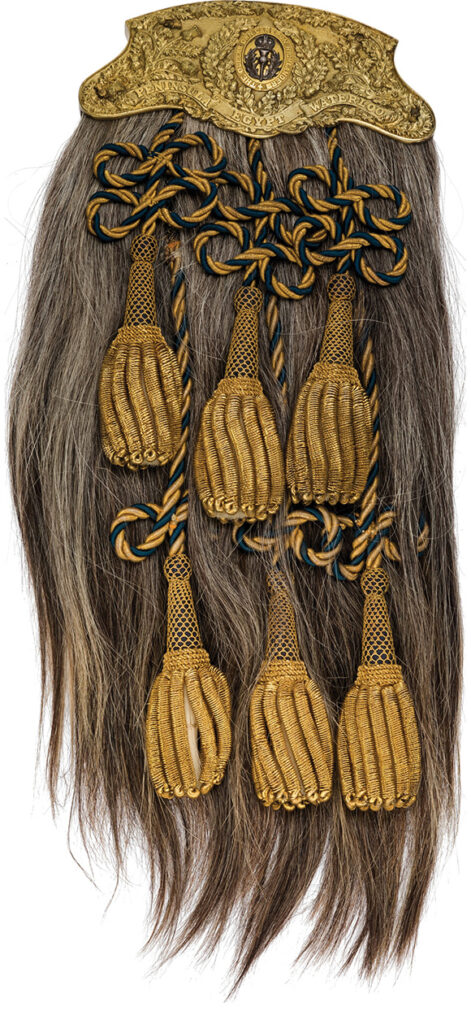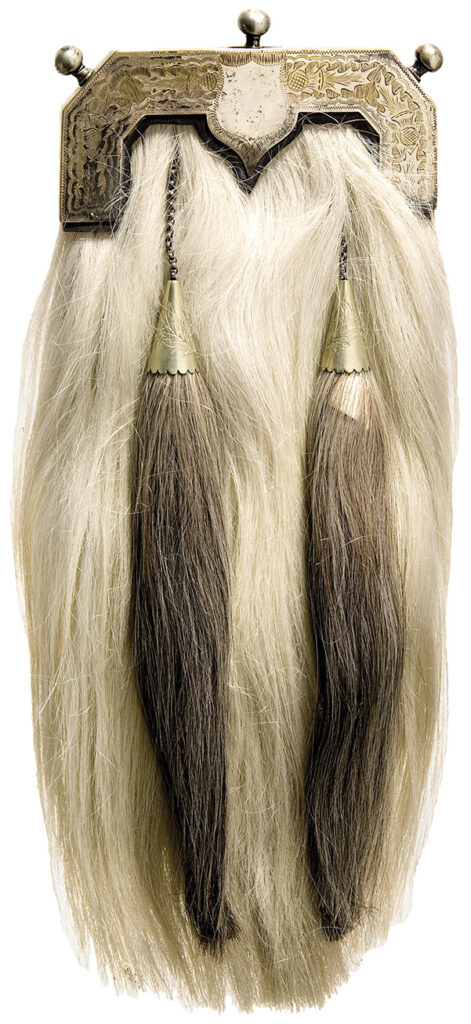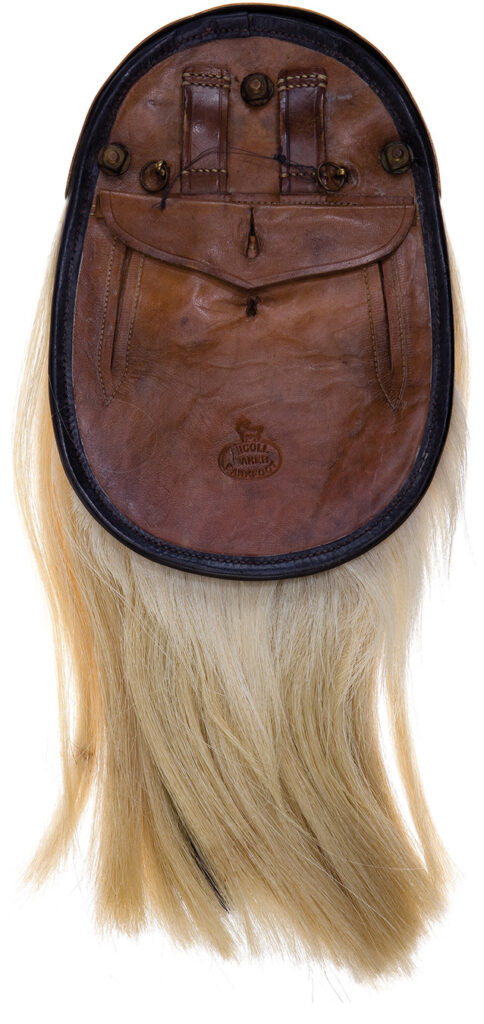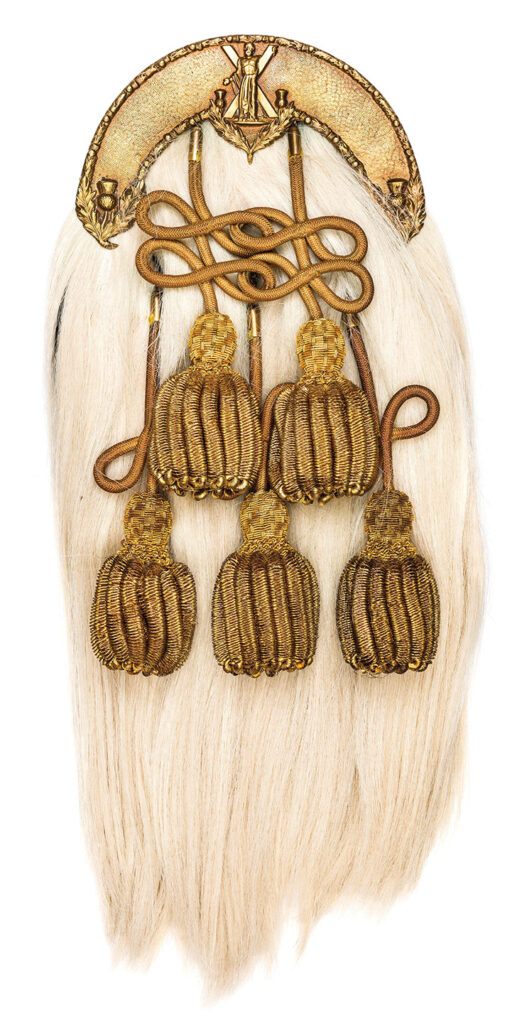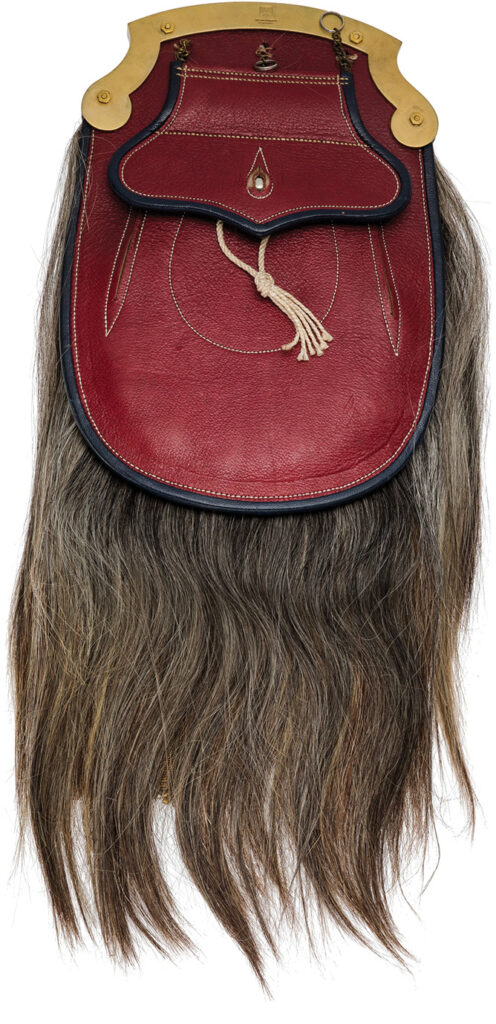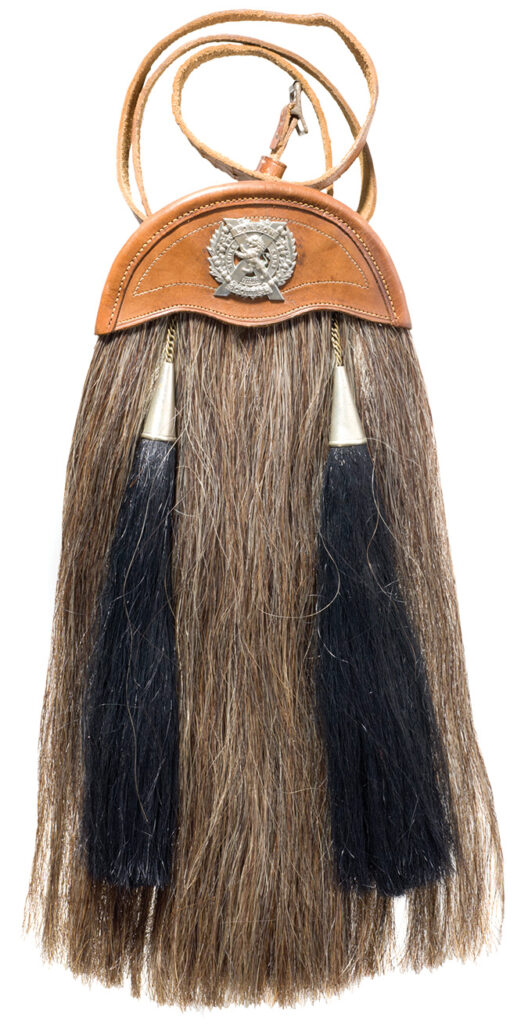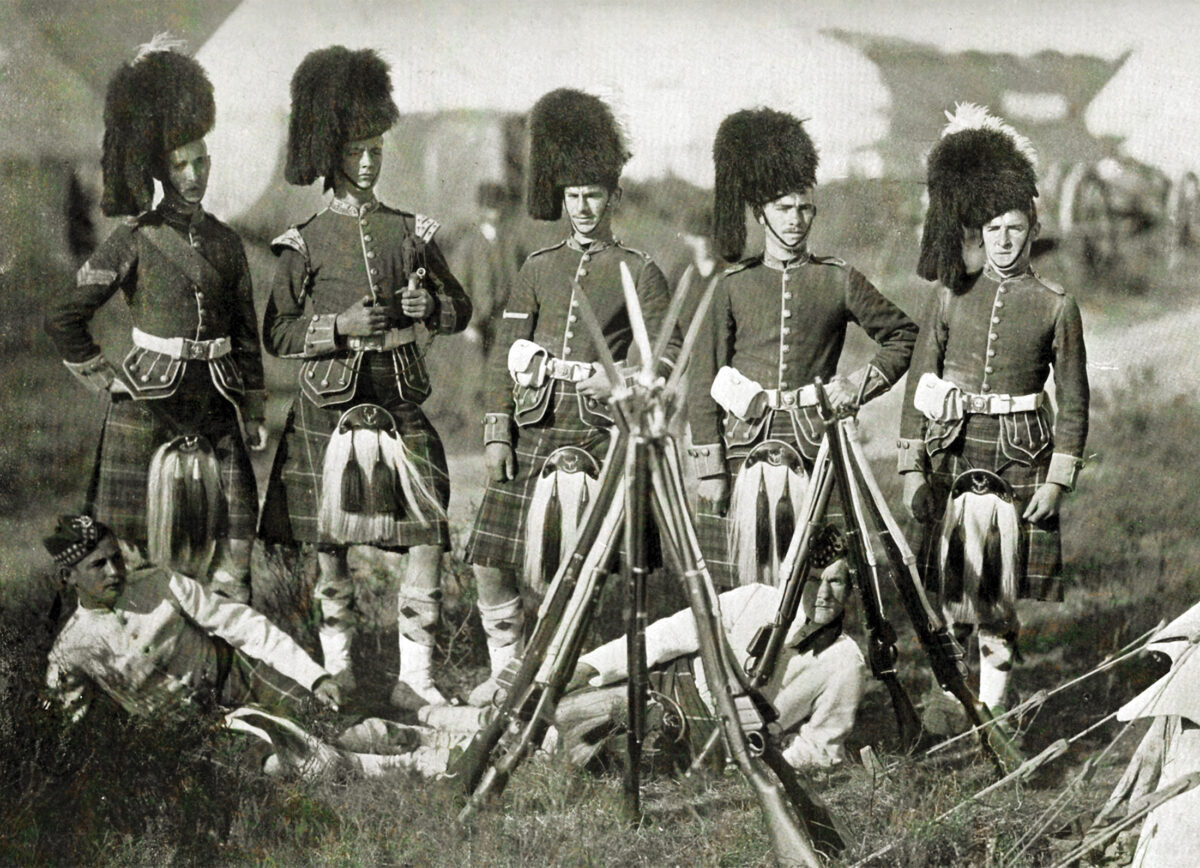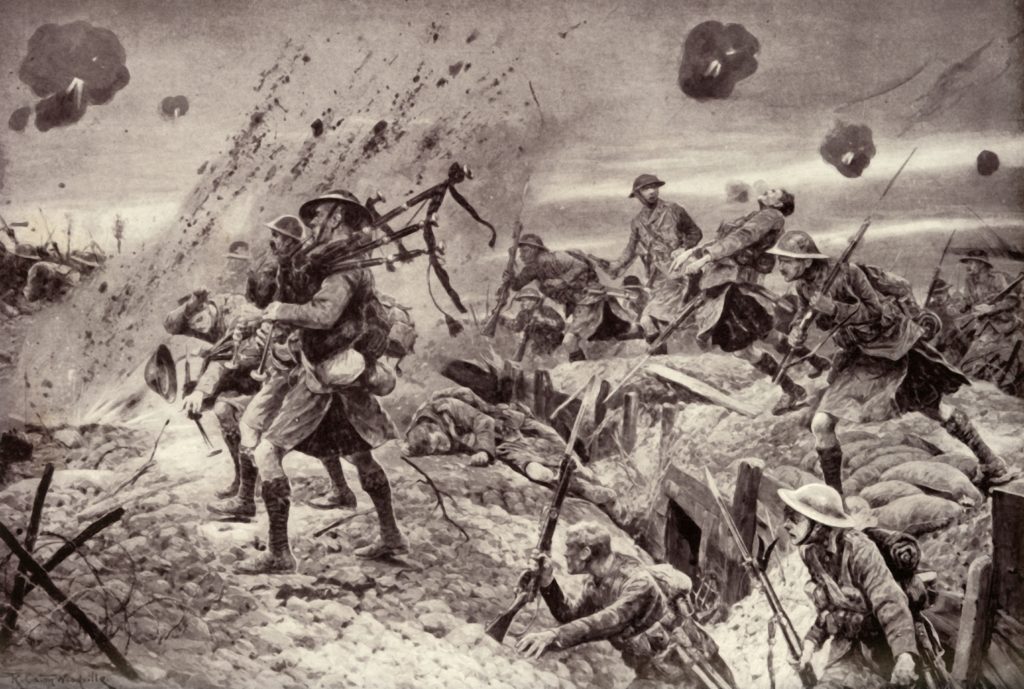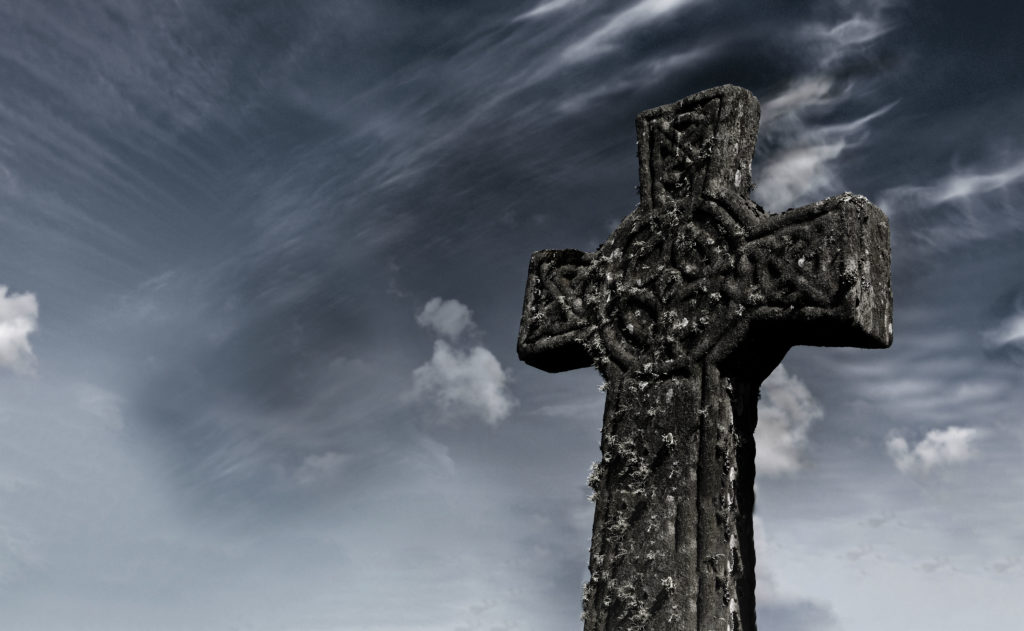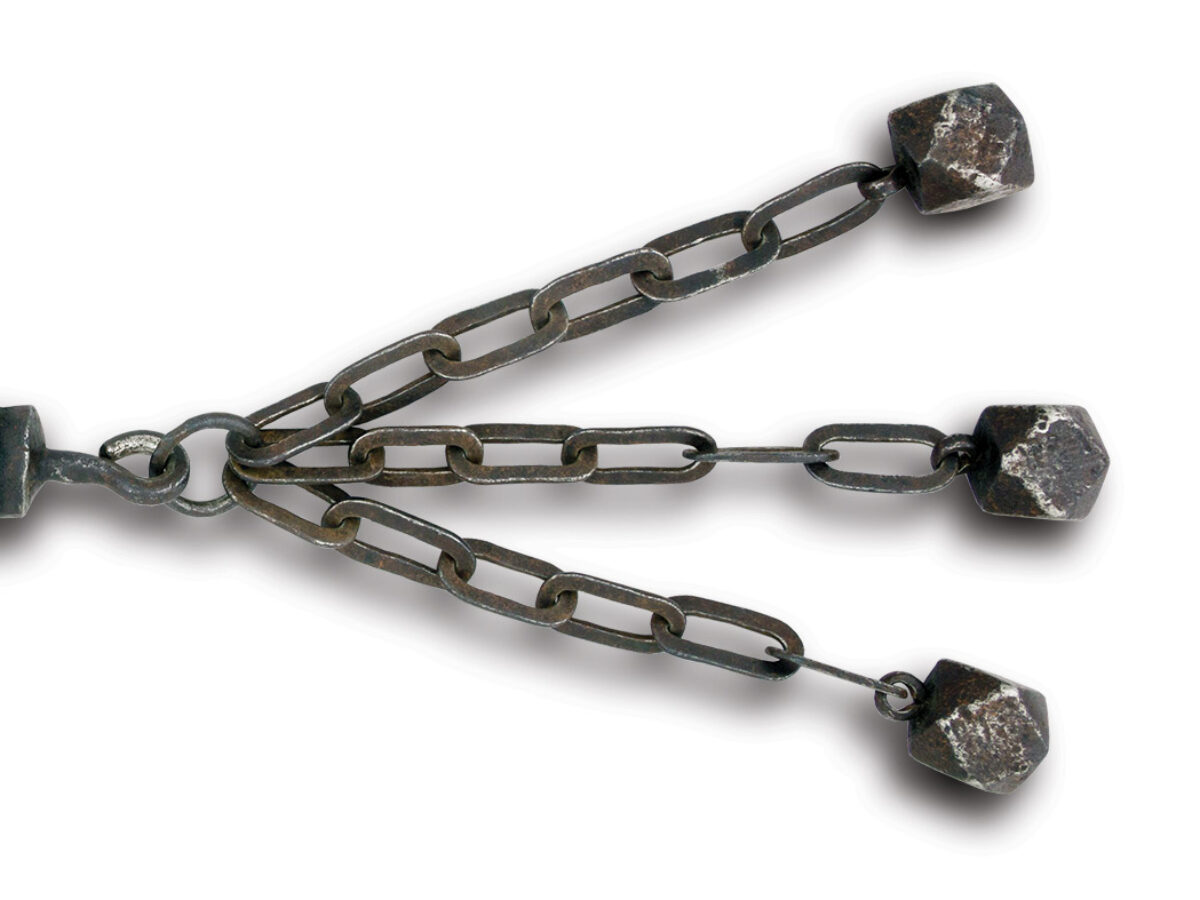Recommended for you
Kilts allowed Scottish warriors increased mobility in battle as they dashed around the Highlands, but these proud traditional tartan garments had one major problem: no pockets. A man without pockets to stash things in is a man in a state of clutter and confusion. This was as true in the Middle Ages as it is today. Yet as early as the 12th century, Highlanders had developed a clever solution in a small all-purpose bag which became known as the sporran.
The sporran, which is still a part of traditional Scottish menswear, was the ideal travel bag for the Scottish warrior on the go. Worn slung from a belt over the kilt, the sporran could be used to stash knives, food, bullets as soon as they were invented and whatever else an enterprising warrior wanted to take on the road. Early sporrans were made from leather or animal hide. Starting in the late 17th century, sporrans were furnished with metal clasps and gradually came to incorporate more intricate metal designs.
Ceremonial sporrans were developed for military use in the 18th century. These are made with animal hair and are known as sporran molach. Animal hair used to make them have typically included goat hair, horsehair and rabbit fur. Soldiers’ sporrans feature tassels, which swing when the kilt-wearing trooper is marching. The number of tassels, as well as their placement, weave and colors, are rich in meaning and vary depending on regiment and wearer.
Some officers have had custom sporrans made for them. The Argyll and Sutherland Highlanders have traditionally worn a tassel arrangement known as the “Swinging Six” style and sporrans made from badger heads. Sometimes fox heads have been used for sporrans as well. A sporran can be worn sideways over the hip or more boldly front and center.
